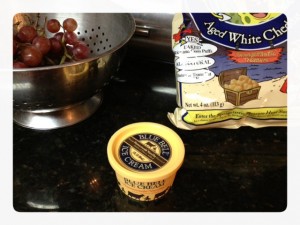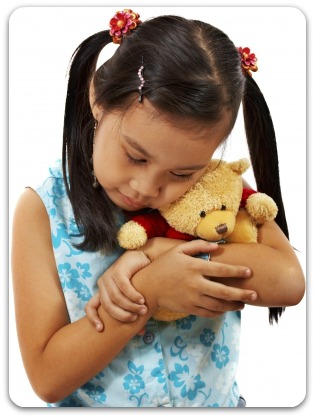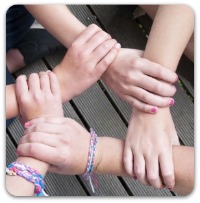
October is National Bullying Prevention month and we know that bullying is a huge issue for our youth. Dee Wallace (who you will recognize as the mother from the movie ET) has created a product, BuppaLaPaloo, that aims to prevent bullying and build self-esteem! There is really nothing more important than self-esteem. Raising a boy and a girl, I’ve learned – in our case at least – that self-esteem doesn’t come as naturally to girls as it does boys, and a little extra help building self-esteem is absolutely a good thing. 16.9% of high school students report being bullied and 64% of students who are bullied never report it. What a shame! Bullying is an epidemic problem in our schools today.
I was bullied in high school and didn’t tell anyone until years after I graduated. Like most kids who are being bullied, I was caught off guard and I thought I was being bullied because of something I did and that once the current bullying ‘session’ was over, it would be over for good. What I didn’t realize is that once I was bullied once and didn’t say anything about it to an adult, I was an easy target resulting in a couple more years of bullying. I had friends. I had a social life. I was still bullied. Our children need to learn to tell someone the FIRST time they are bullied, whether physically, verbally, or mentally, so the situation can be nipped in the bud.
Dee has created a Kickstarter campaign for BuppaLaPaloo and only has a few days left to reach her goal! BuppaLaPaloo is a fabulous interactive toy, and a child’s best friend, that will promote self-love and will help nurture children and help them grow.
BuppaLaPaloo is a cuddly, soft teddy bear, a Best Friend for your child. Buppa joyfully speaks powerful statements of self-love in First Person. Your child repeats the First Person statements back to Buppa, learning to claim their self-love and power for themselves.
This soft, little bear unconditionally loves your child. By speaking these strong, affirmative statements, Buppa makes it okay for your child to feel internally strong, powerful and loved. Buppa gives your child permission to love themselves. Knowing how to love themselves, your child will be more able to love others.

High self-esteem comes from loving yourself−not for what you do, or how much you accomplish−for JUST BEING YOU. How many of us, as adults, can say we truly love ourselves and can claim our power in this world?
Psychologists agree that a child’s personality and basic life pattern is firmly embedded by the ages of 4-7. Early childhood self-love is vitally important to how children will see, be and interact in their world, creating the world we all live in.
BuppaLaPaloo introduces your child to the joy of loving themselves, encouraging interaction between the bear, the child, and a parent or a caregiver. Buppa is perfect for children ages 3-7, or for anyone who wants to learn how to better value themselves!
Head over to the Kickstarter campaign for BuppaLaPaloo to learn more!



